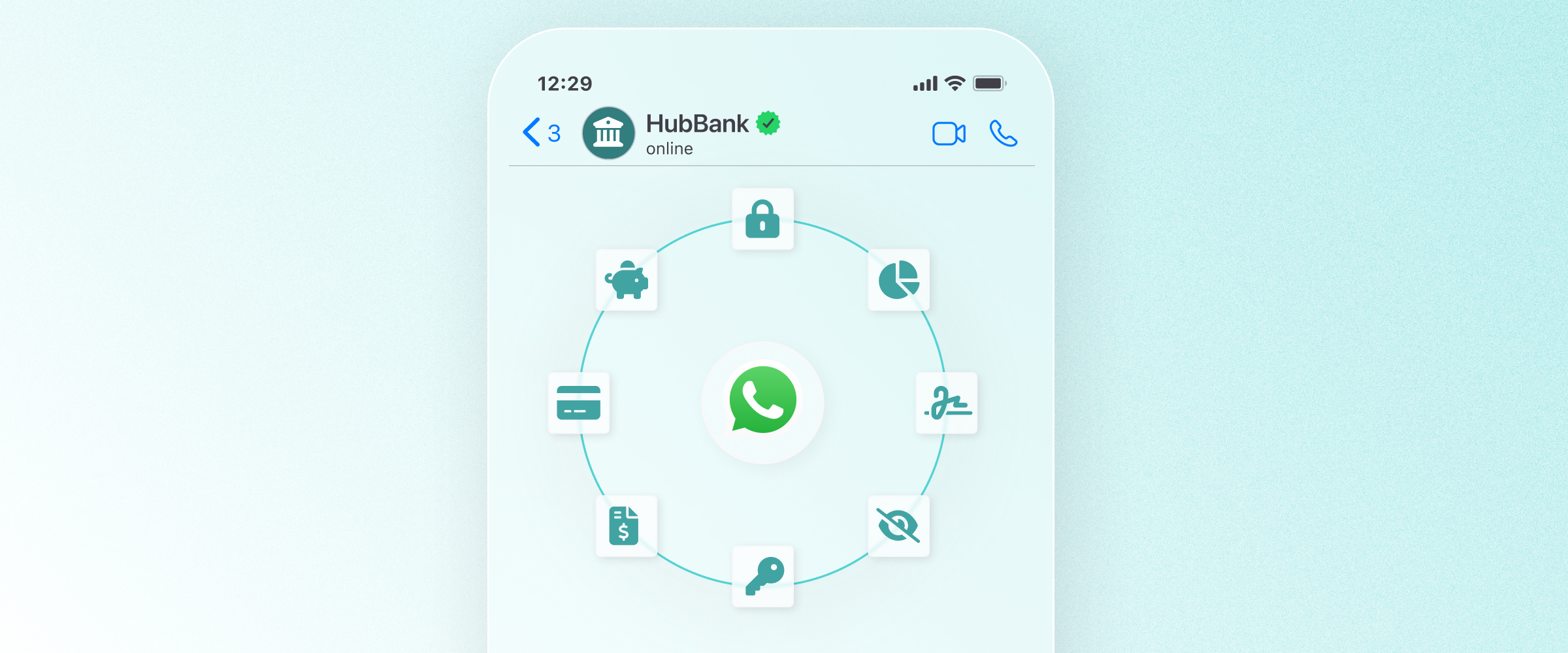
In today’s ecommerce environment, growth is a double-edged sword. On one hand, global ecommerce is expected to surpass $6.9 trillion by 2025. On the other, competition, acquisition costs, and customer expectations are rising just as fast. To succeed, retailers must reframe challenges as opportunities to differentiate through customer experience (CX), agility, and technology.
Here are the top five ecommerce challenges in 2025 and how the most forward-thinking brands are overcoming them.
1. Standing out in a crowded, DTC-dominated market
It’s easier than ever to launch an ecommerce brand. Thanks to platforms like Shopify and user-friendly digital tooling, the barrier to entry is low, and DTC brands are flooding the space with sleek storefronts and hyper-targeted marketing.
But that’s precisely the problem: everyone looks good now. Shoppers are overwhelmed with choice and desensitised to flashy campaigns. Competing on product or price alone isn’t enough.
"Your competitor is no longer just your local competitor. It's also best-in-class international companies just a click away." — Enara Urlezaga, Global Experience Manager at Veepee-Privalia on ‘How to improve ecommerce customer experience.’
Opportunity: personalised, high-touch CX is the new brand moat
Winning brands are shifting their focus from brand aesthetics to brand experience. They're investing in:
- Sales AI Agents that replicate in-store associate experiences via chat
- Automated onboarding and support that adapts to customer behaviour
- Conversational apps that turn product discovery into a dialogue, not a scroll
2. Rising digital ad costs call for smarter acquisition
With Meta and Google CPCs climbing and ROAS flattening, ecommerce brands can no longer depend solely on paid performance to scale.
Ad costs are rising due to saturation, signal loss from privacy changes, and increased competition for high-intent audiences.
Opportunity: convert more from the traffic you already have
Instead of spending more, winning brands are doing more with what they already get:
- Optimised landing experiences through messaging: converting ad clicks into WhatsApp chats where the sale happens faster
- Lead capture via chat-based quizzes or product finders
- CRM-integrated messaging to retarget leads with context (e.g. back-in-stock alerts, timed promos)
This improves ROI across channels while building owned, first-party relationships.
3. Low loyalty and high switching: earning retention through CX
A recent report found that nearly 70% of customers say their standards for customer experience are higher than ever. With easy access to endless alternatives and more brands embracing digital channels, loyalty is harder to earn and easier to lose.
Traditional loyalty programs alone aren’t enough. Customers now expect:
- Proactive communication that anticipates needs
- Real-time support with minimal friction
- Seamless, mobile-first experiences that adapt to their context
- Omnichannel customer support
Opportunity: Make every support interaction a loyalty moment
Forward-thinking ecommerce brands are:
- Automating FAQs to keep support instant and efficient
- Using messaging to provide transparency (e.g. order status, delivery updates)
- Re-engaging customers via WhatsApp with timely product recommendations and restock alerts
Enara Urlezaga puts it best:
"Every customer contact that is properly managed by an efficient customer care area has a high probability to become a loyal customer."
4. Old tech stacks can’t keep up with modern CX expectations
Legacy ecommerce platforms were not built for today’s omnichannel, real-time, and highly personalised retail environment. As customer expectations continue to evolve, older systems struggle to keep pace—especially when it comes to integrating messaging channels, supporting scalable personalisation, and enabling rapid experimentation with new user experiences.
These monolithic architectures are rigid, slow to adapt, and often require costly workarounds to deliver even basic conversational or mobile-first features.
As Sree Sreedhararaj, Sephora's CTO, explains, “consumer needs are different from a decade ago. If you’re using outdated architecture, you’re working hard and not smart.”
Opportunity: adopt a composable, messaging-friendly architecture
Composable technology allows brands to:
- Launch conversational commerce experiences faster (e.g. WhatsApp shopping, in-app support)
- Integrate CX tools seamlessly across CRM, order management, and loyalty
- Scale innovation by decoupling the frontend and backend
Gartner projects that by 2025, organisations using composable architectures will outpace competitors by 80% in feature implementation speed.
5. Scaling personalisation without scaling headcount
Customers now expect product recommendations, support, and communication to feel tailored to their needs, but doing this manually across thousands of interactions is resource-intensive and unsustainable. That’s why forward-looking retailers are embracing AI-powered personalisation as the only viable path to delivering relevance at scale.
By combining real-time behavioural data, purchase history, and customer preferences, AI systems can generate hyper-personalised messages, promotions, and product suggestions instantly. Whether it's a chatbot guiding a shopper through size and fit questions or a post-purchase WhatsApp message suggesting a complementary item, automation makes it possible to deliver 1:1 experiences without multiplying headcount. The result is a personal, proactive customer journey driven by data, not overhead.
Opportunity: use messaging and AI to personalise across the lifecycle
Hubtype’s clients are already seeing success with:
- AI-powered product recommendations in chat
- Dynamic bundling and upselling via WhatsApp
- Hyper-personalised re-engagement flows based on behaviour and purchase history
And this isn’t just good for the customer, it’s great for the bottom line, as 96% of consumers are more likely to buy from brands that offer personalised experiences.
The biggest ecommerce challenges in 2025 aren’t just hurdles, they’re signals. They reveal what customers actually care about: speed, convenience, personalisation, and relevance.
The brands that succeed will be the ones that stop trying to scale transactions and start scaling conversations.
Your customers expect more, your tech should too.
Book a demo to see how Hubtype helps ecommerce brands deliver personal, profitable conversations at scale!










.jpg)

